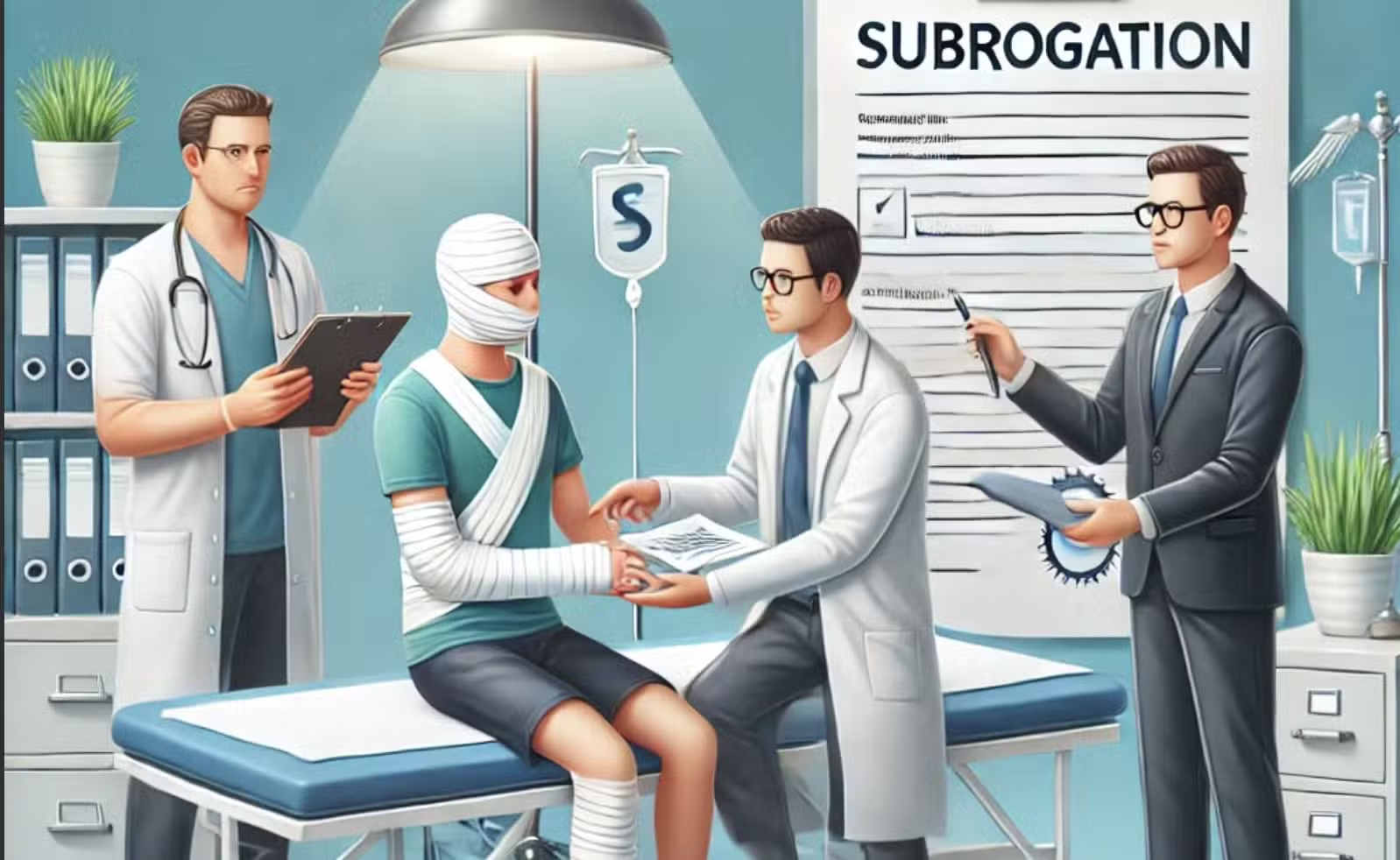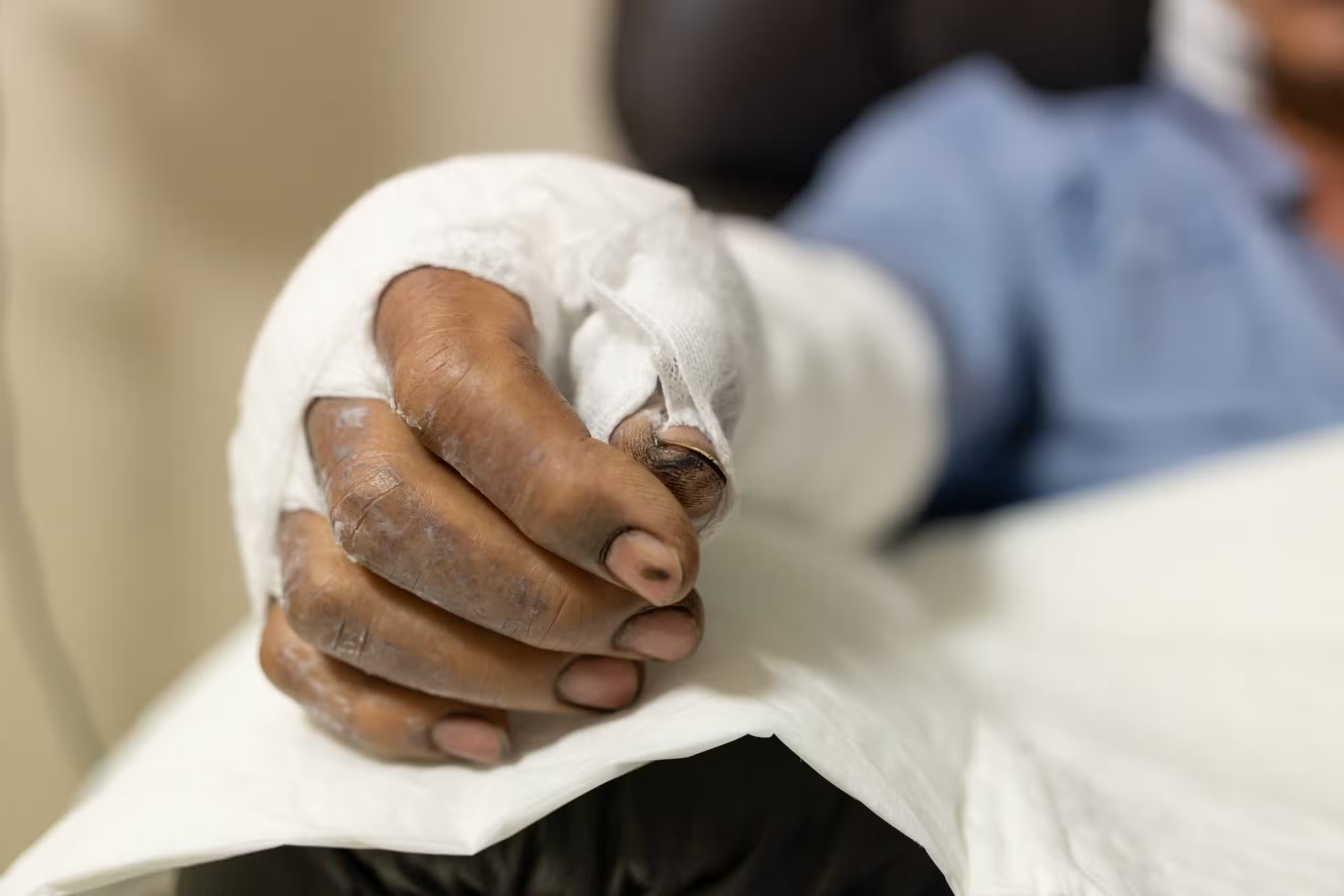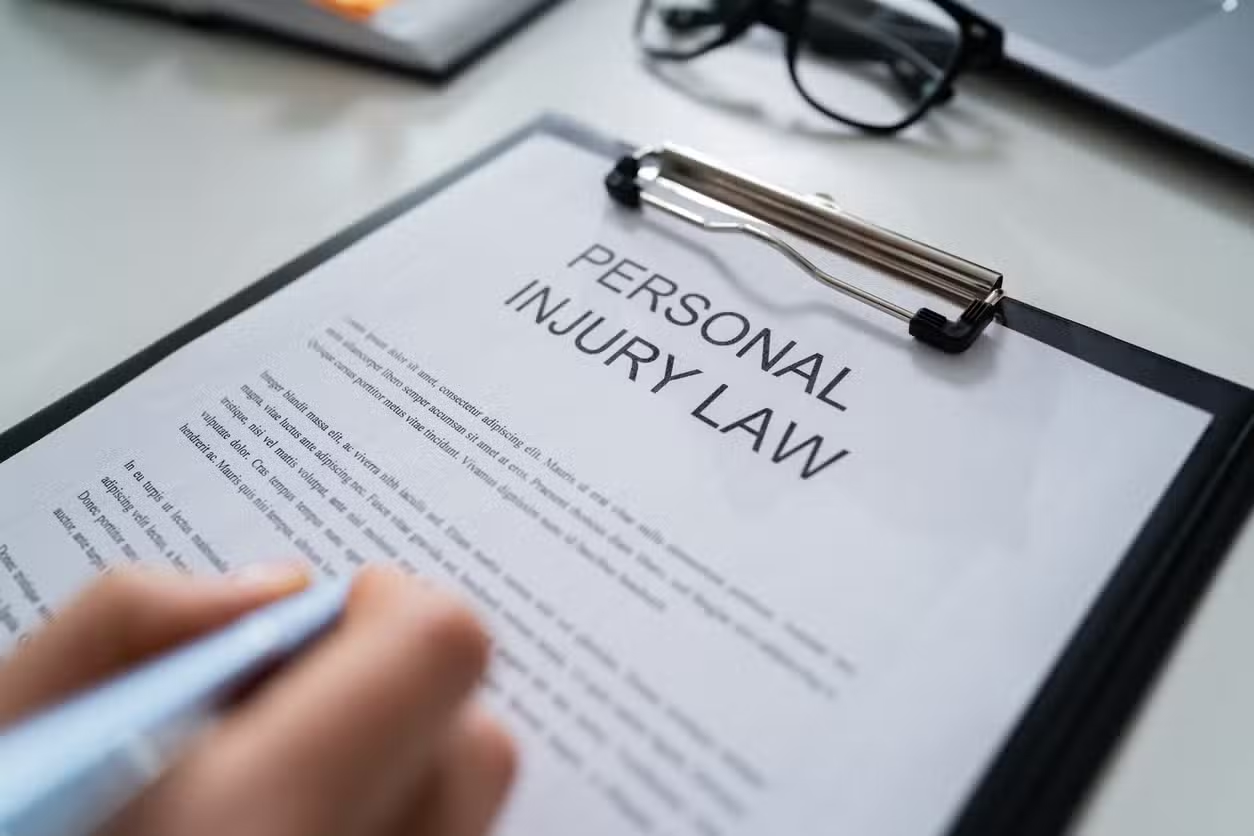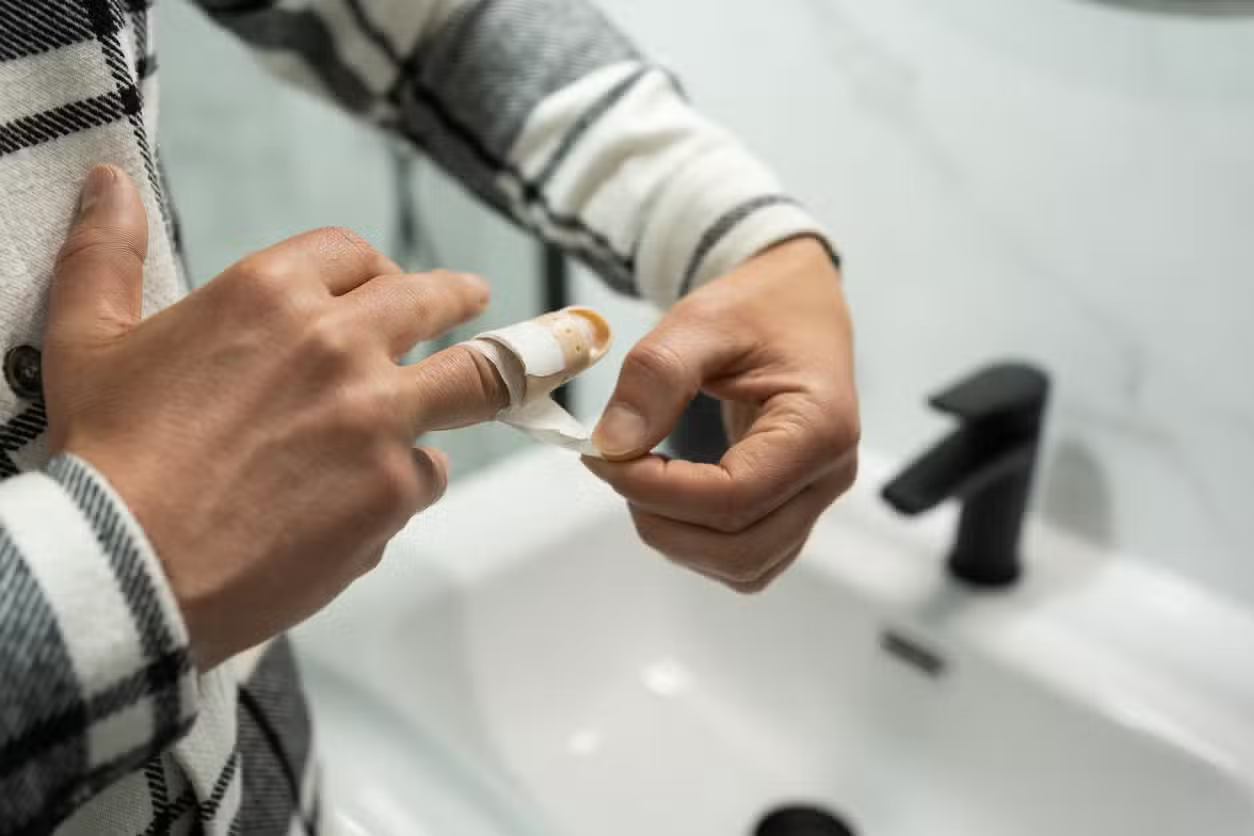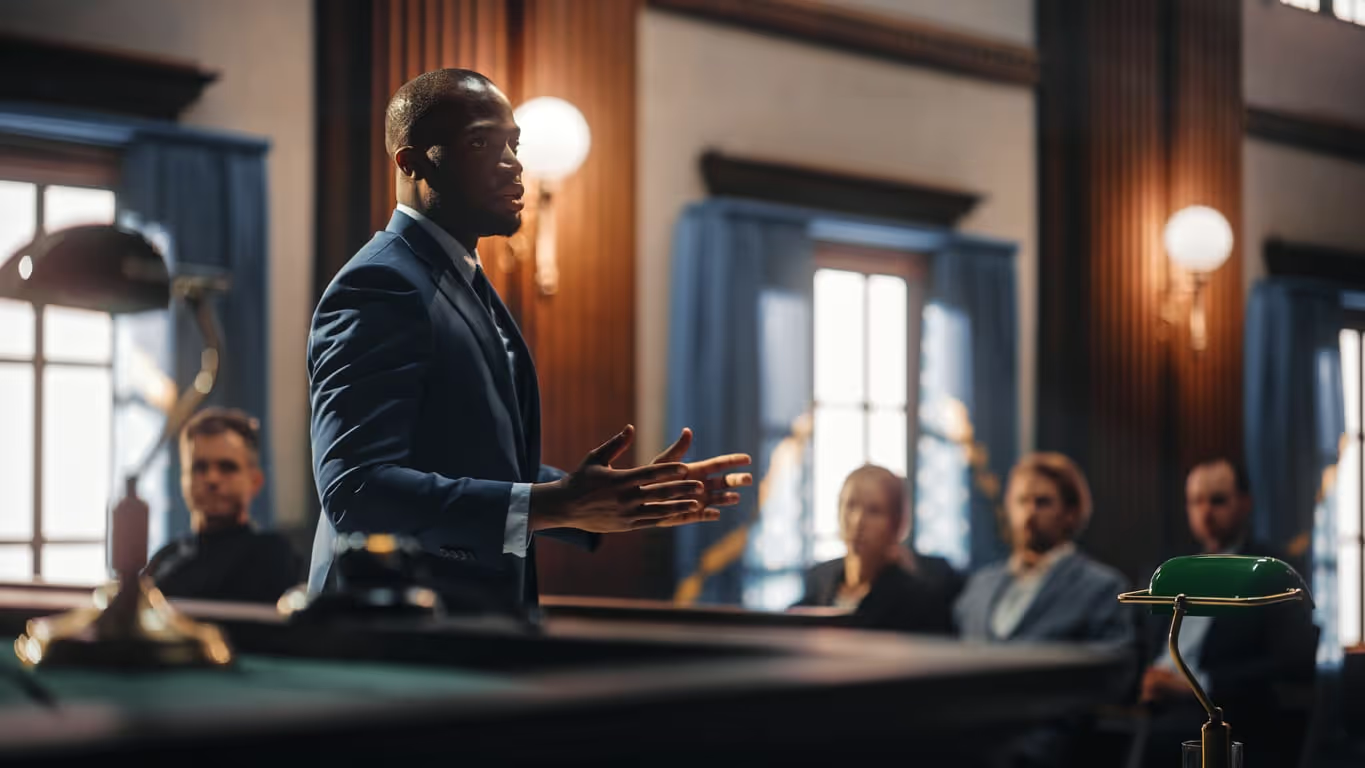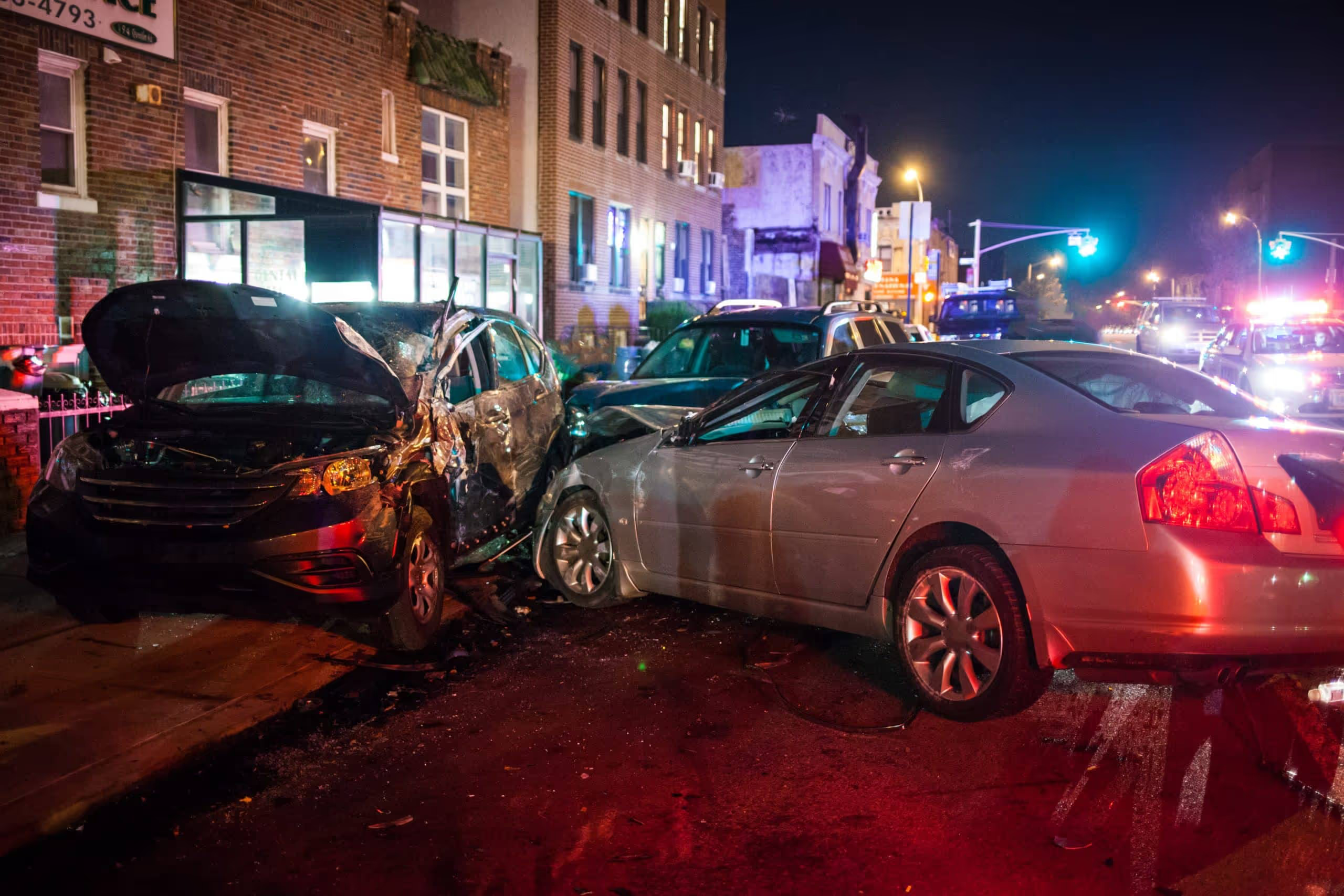Every successful injury claim must prove the 4 elements of negligence: duty of care, breach, causation, and damages. Missing even one element can sink your case. By understanding how each piece fits together—and how to document proof—you improve your odds of full compensation after a car accident or any other injury event.

Duty of Care
Duty of care is a legal obligation to act as a reasonably prudent person would under similar circumstances. Drivers, for example, must follow traffic laws and operate vehicles safely. Property owners must keep walkways free from hazards. Without establishing that the defendant owed you a duty, there is no negligence case.
Action step: Collect statutes, traffic codes, or company policies that define the specific duty relevant to your accident.
Breach of Duty
Breach occurs when someone fails to meet their duty of care. Examples include texting while driving, running a red light, or neglecting to repair a broken handrail. Proving breach often hinges on eyewitness testimony, surveillance video, police reports, or citations issued at the scene.
Action step: Preserve dash-cam footage, obtain the official crash report, and photograph physical evidence before it disappears.
Causation
Causation links the breach to your injuries. In legal terms, the breach must be both the actual cause (“but for” the defendant’s action, you wouldn’t be hurt) and the proximate cause (the harm was a foreseeable result of that action). Insurance companies frequently challenge this element by blaming pre-existing conditions or unrelated events.
Action step: Align medical timelines with accident timelines. Immediate ER records and follow-up diagnostics (MRI, CT scans) draw a straight line between impact and injury.
Damages
Finally, you must show damages—real, measurable losses such as medical bills, lost wages, or pain and suffering. Without demonstrable damages, even clear negligence yields no recovery.
Action step: Keep every bill, pay-stub, prescription receipt, and therapy invoice. A well-organized damages file deters lowball offers.
Proving All Four Elements Together
Courts and insurers evaluate the 4 elements of negligence as a single chain; one weak link breaks the claim. A qualified car accident attorney coordinates expert witnesses, accident reconstruction, and medical testimony to align duty, breach, causation, and damages into a compelling narrative. Early legal help also stops adjusters from exploiting gaps in your evidence.

How Negligence Impacts Compensation
In many states, comparative negligence rules reduce your payout by your percentage of fault. If you’re 20 % responsible, your award drops 20 %. Solid proof on every element minimizes your share of fault and maximizes net recovery.
Deepening Your Understanding of Negligence
Explore these in-depth guides for practical tactics that complement today’s discussion:
- Proving Negligence After a Car Accident: A Legal Guide – Step-by-step methods to gather and present persuasive evidence.
- How Comparative Negligence Affects Car Accident Compensation – Learn how shared fault formulas change settlement calculations.
Both articles reveal advanced strategies for strengthening each element and safeguarding your claim value.
Key Takeaway
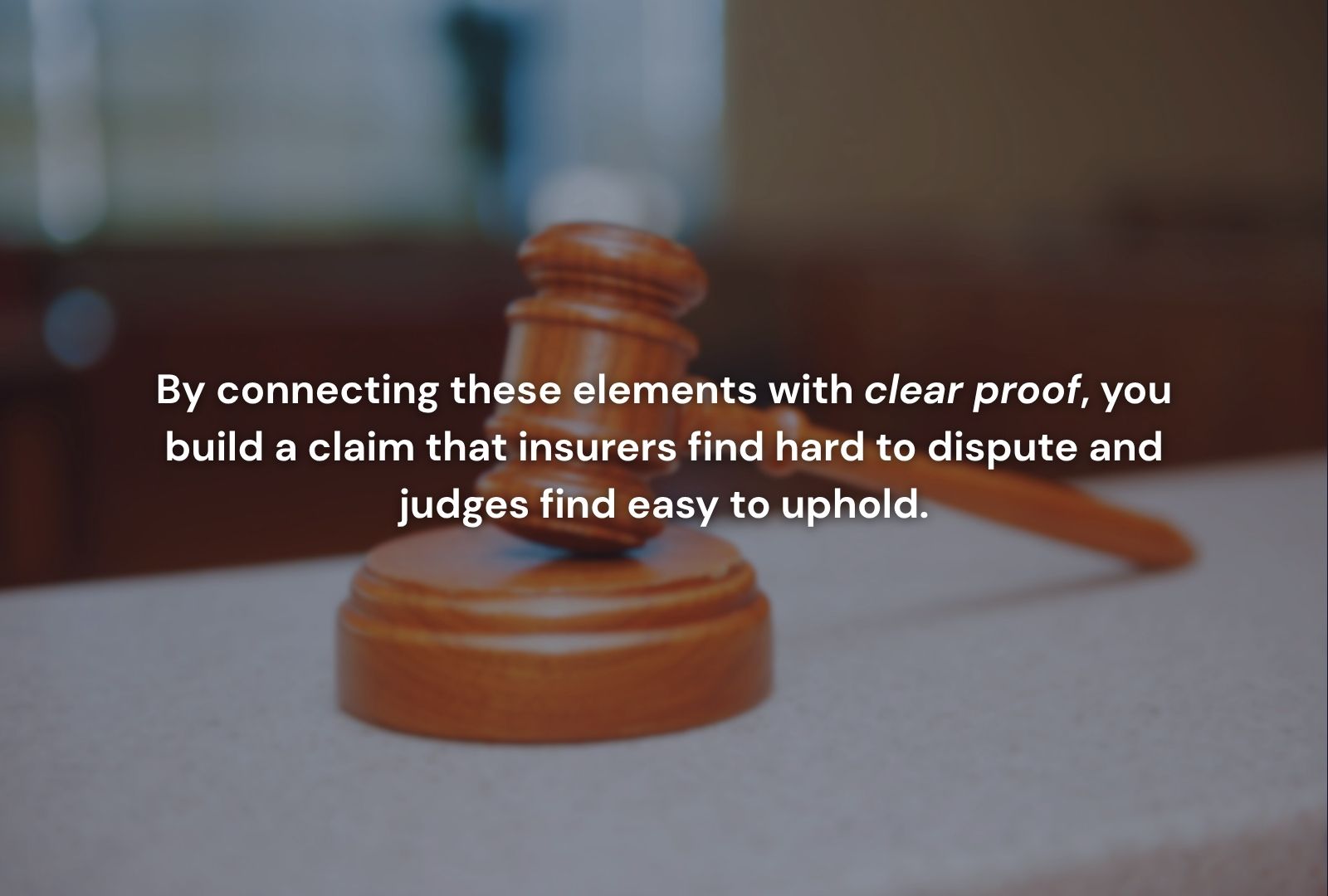
Mastering the 4 elements of negligence—duty, breach, causation, and damages—is essential to every personal-injury case. Secure evidence quickly, document medical treatment thoroughly, and consult experienced counsel early. By connecting these elements with clear proof, you build a claim that insurers find hard to dispute and judges find easy to uphold.


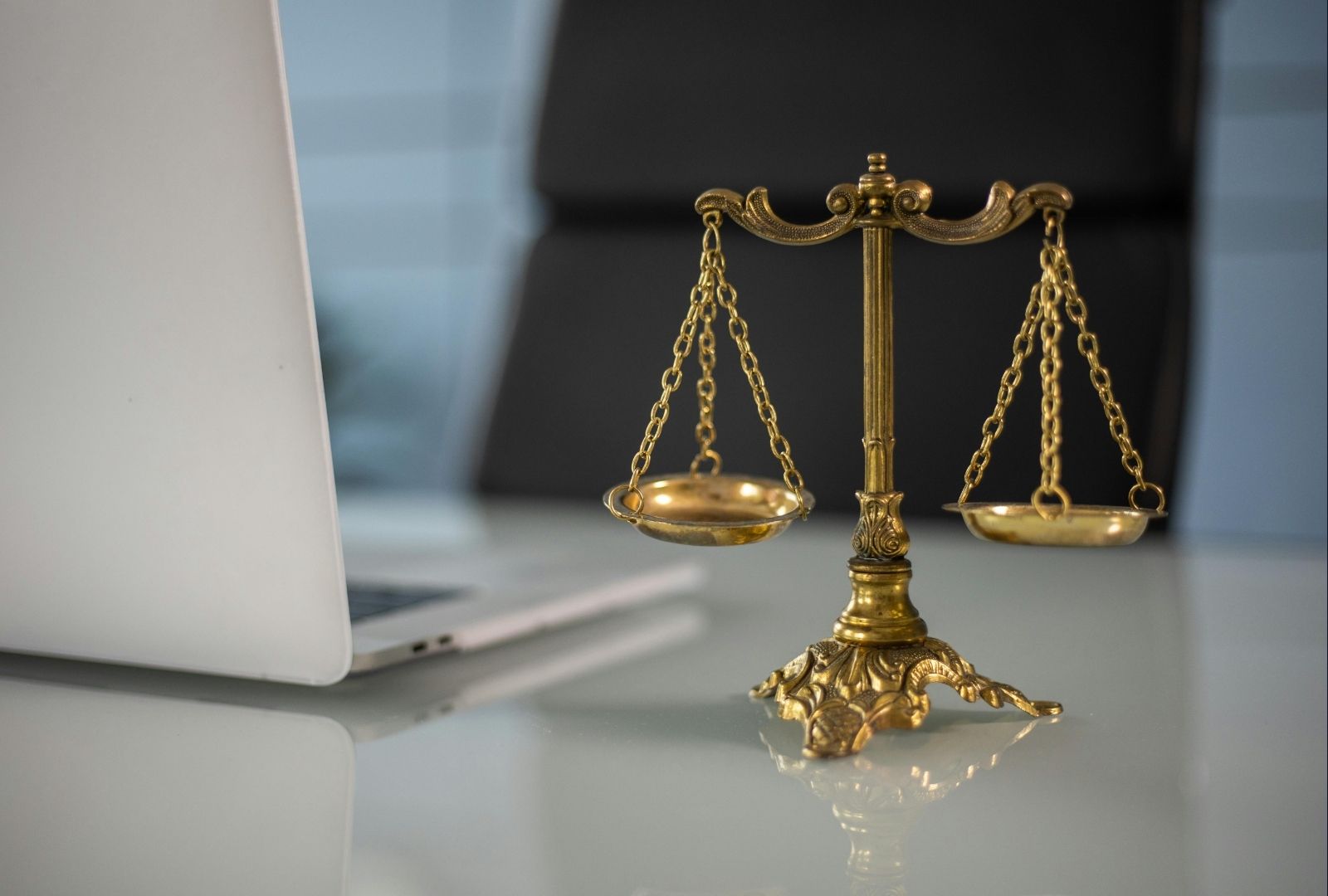






















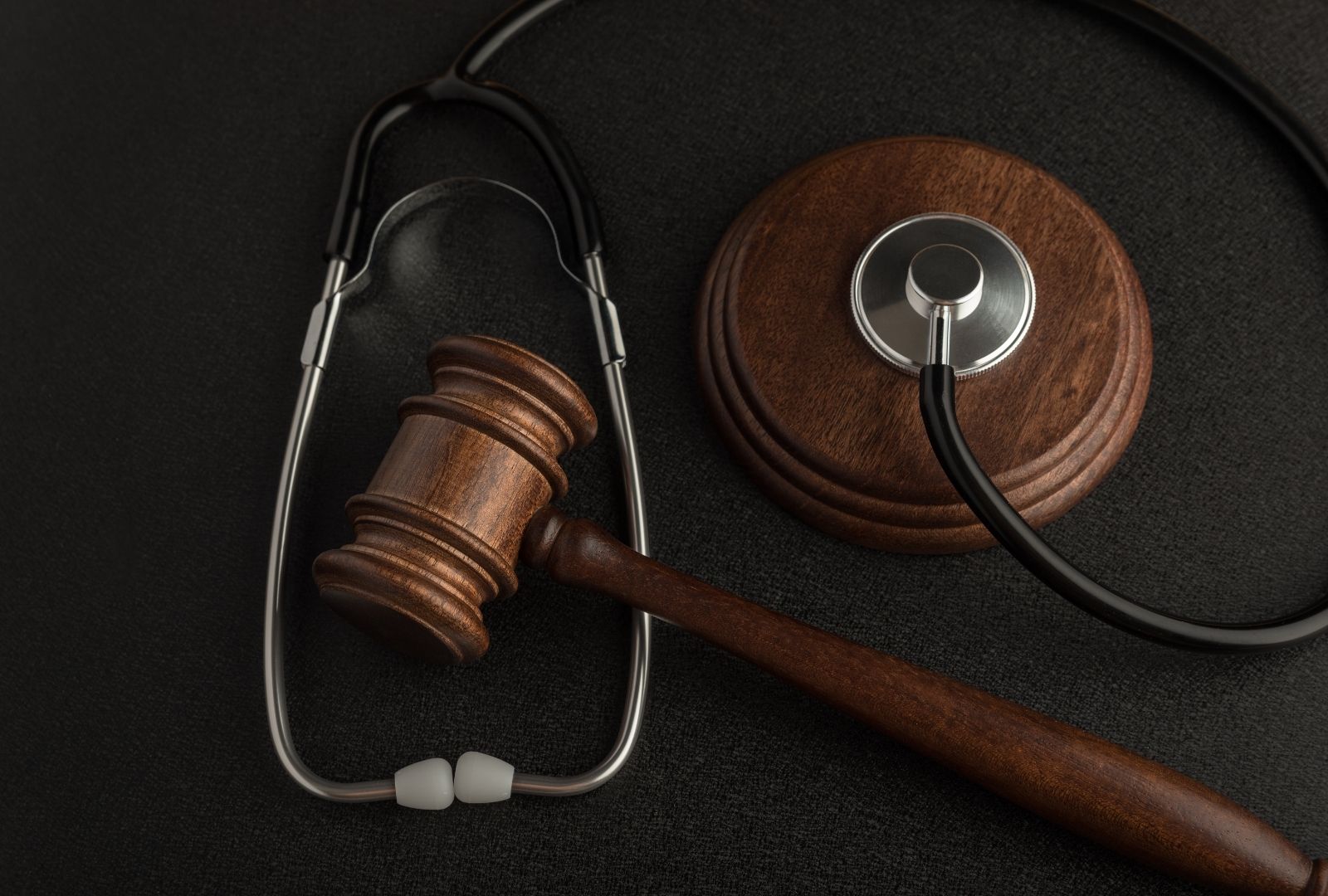





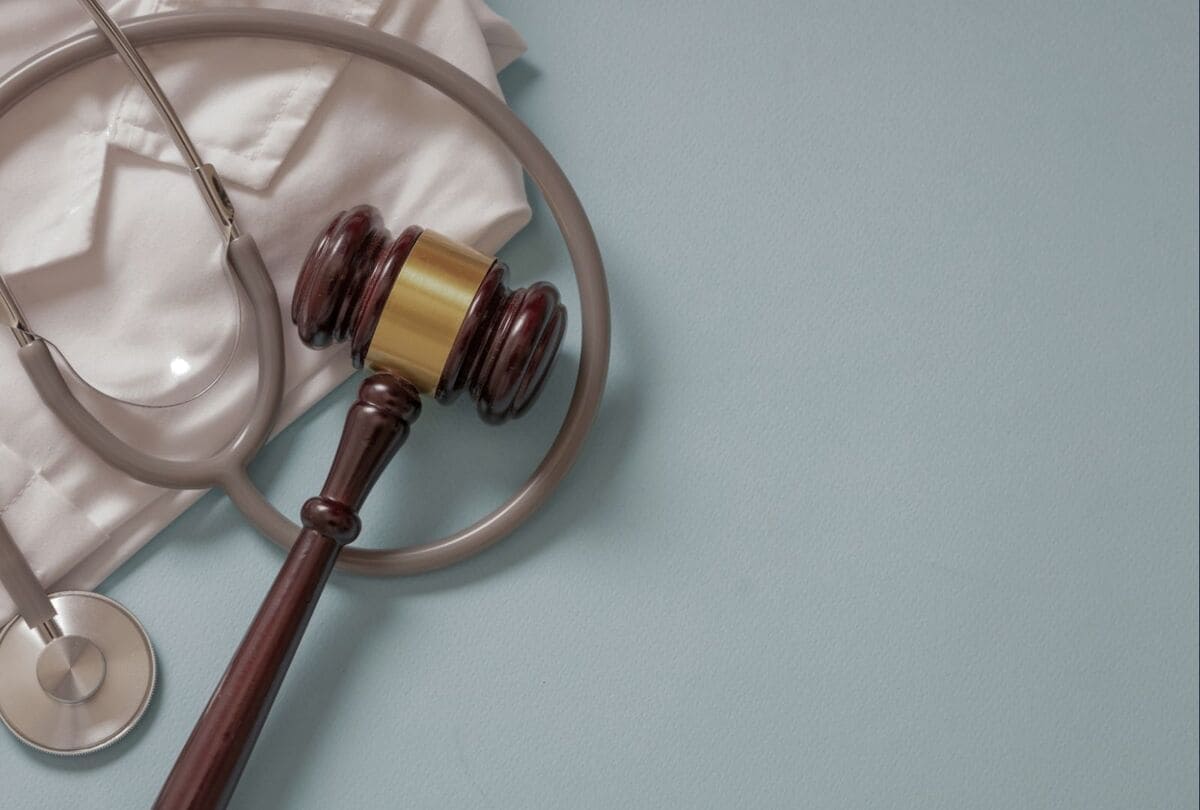


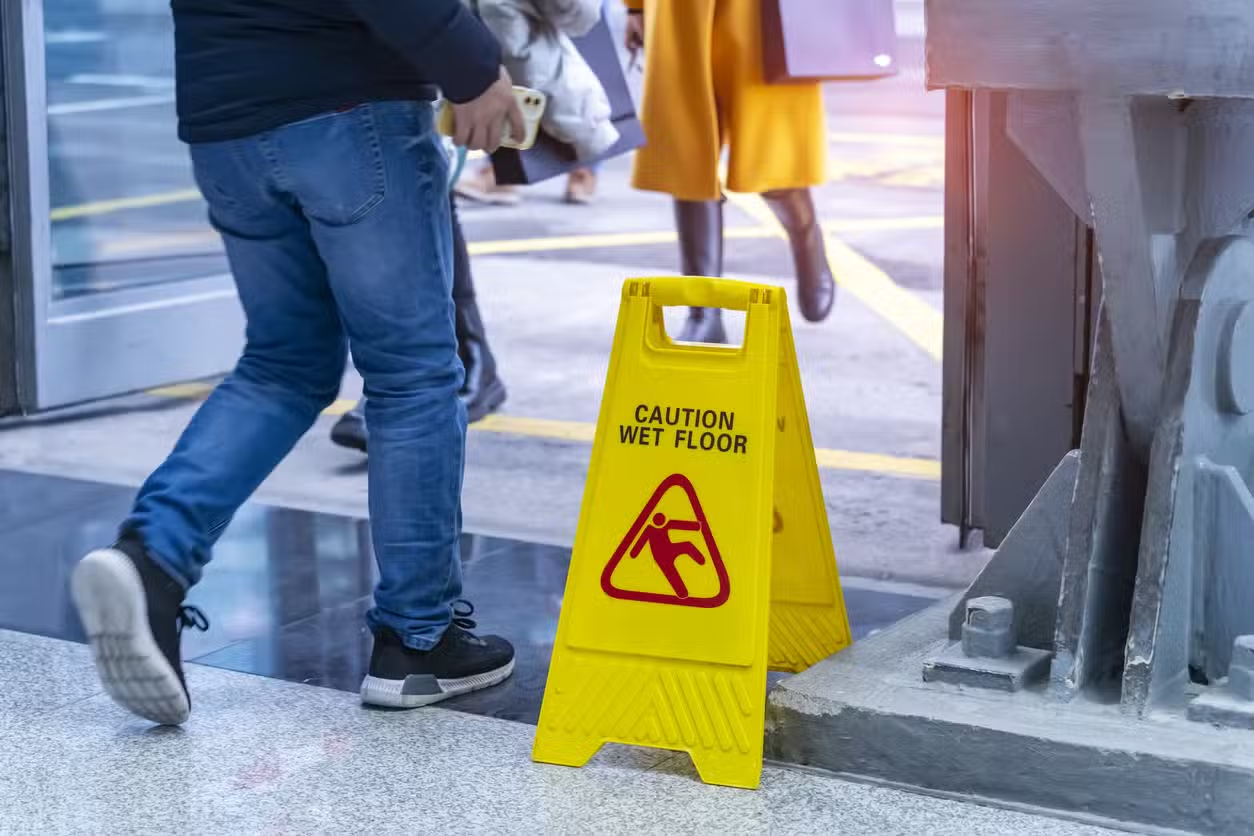

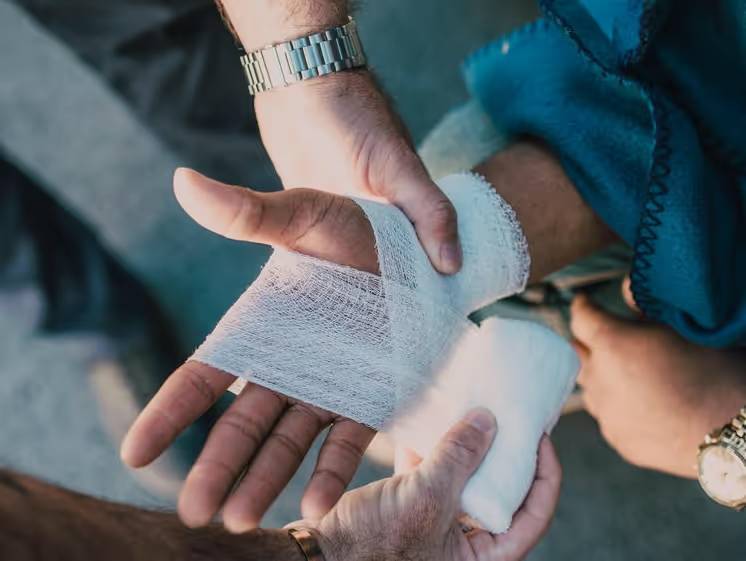



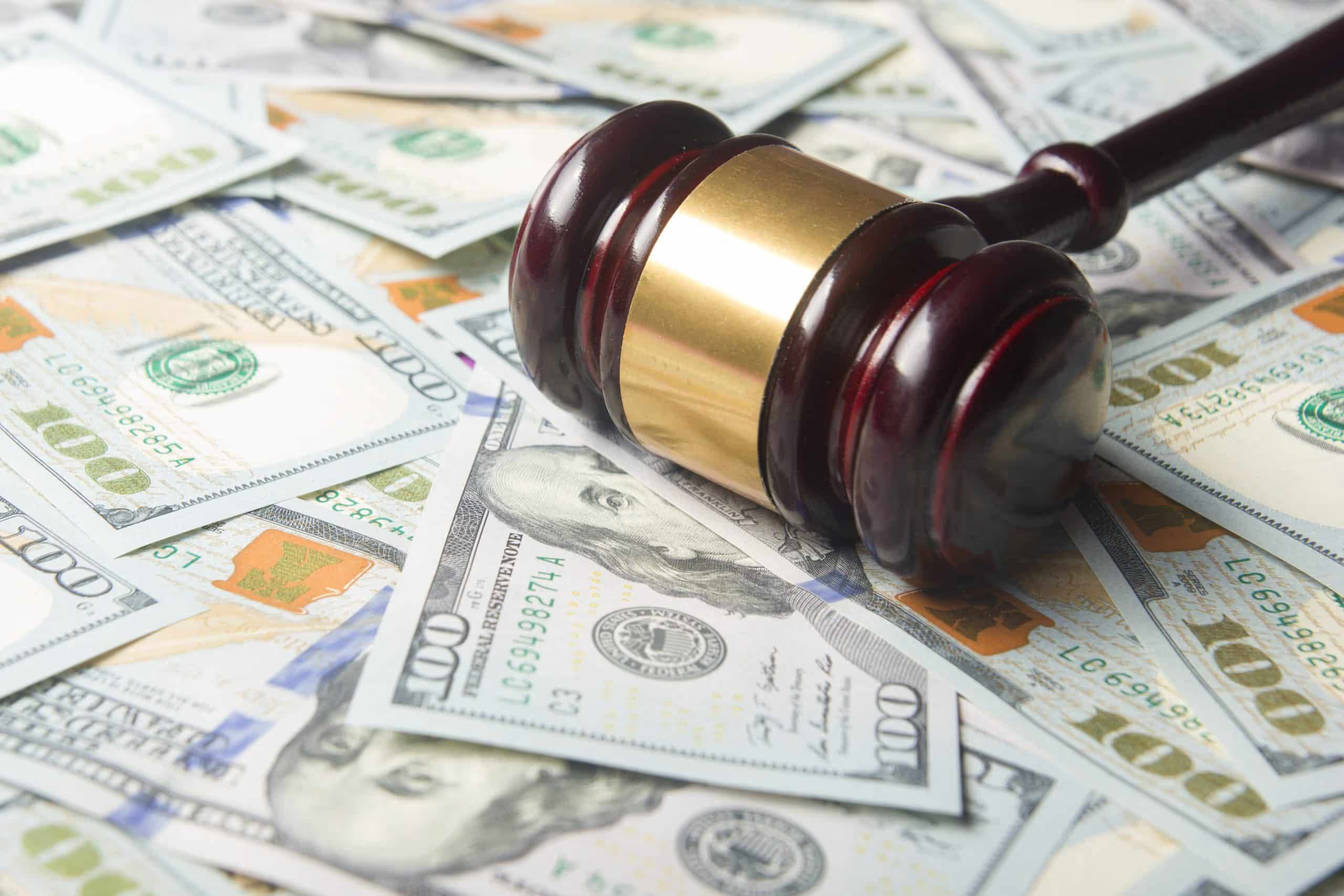
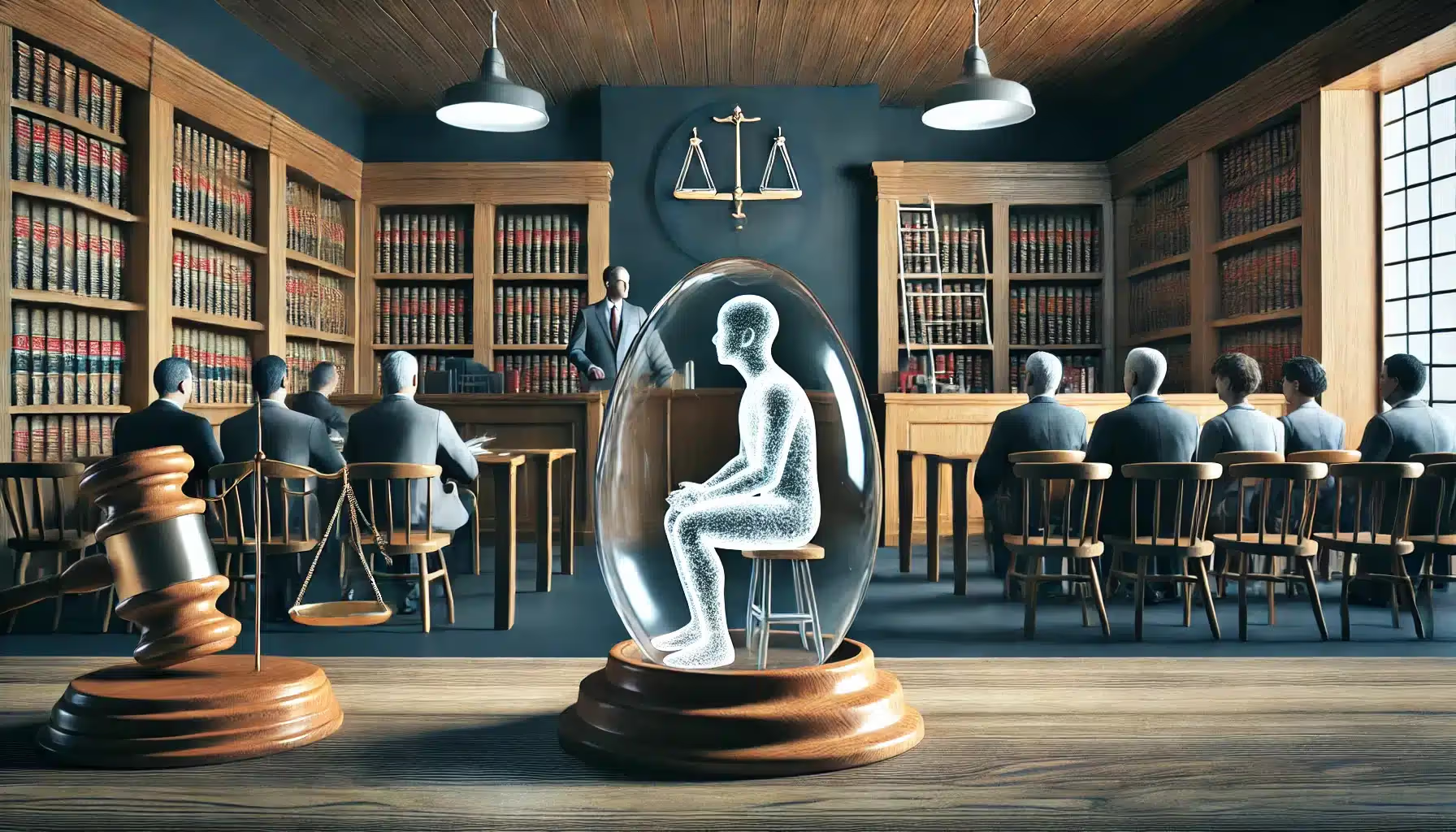

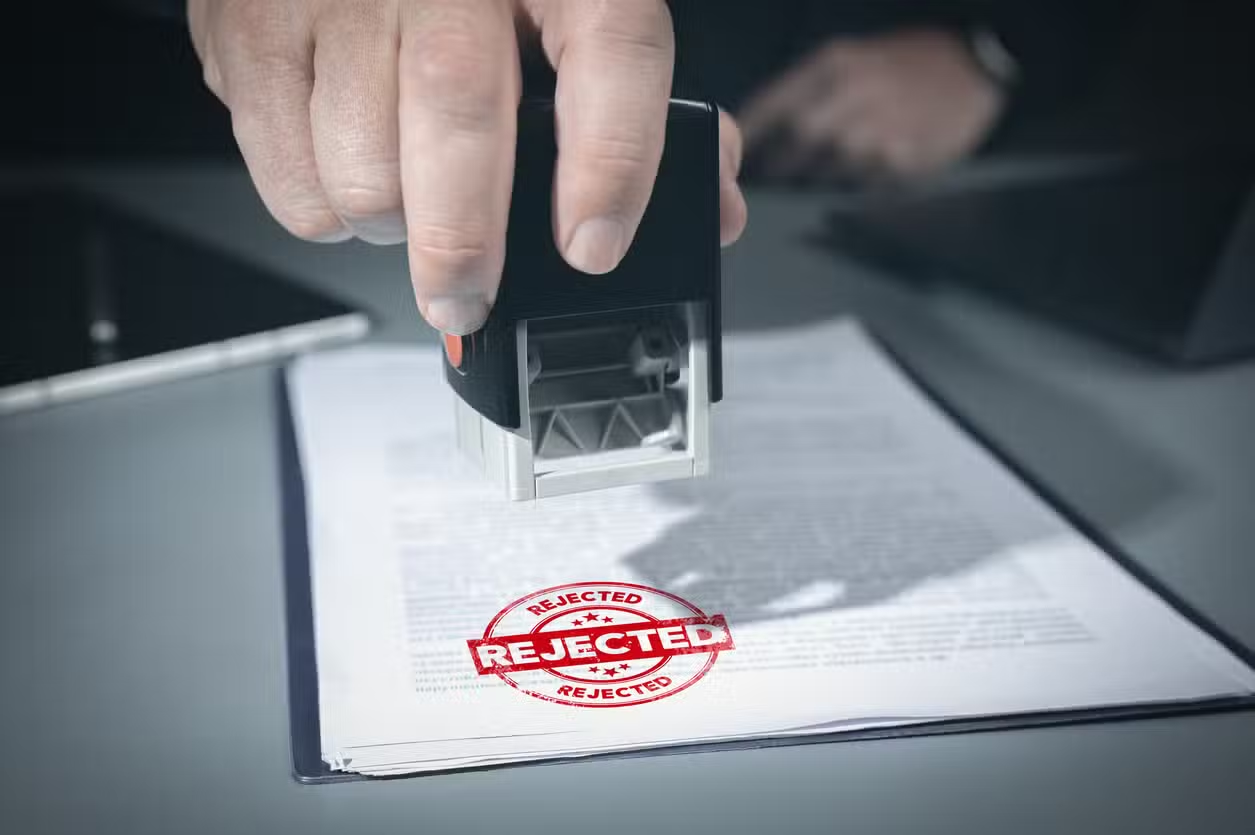



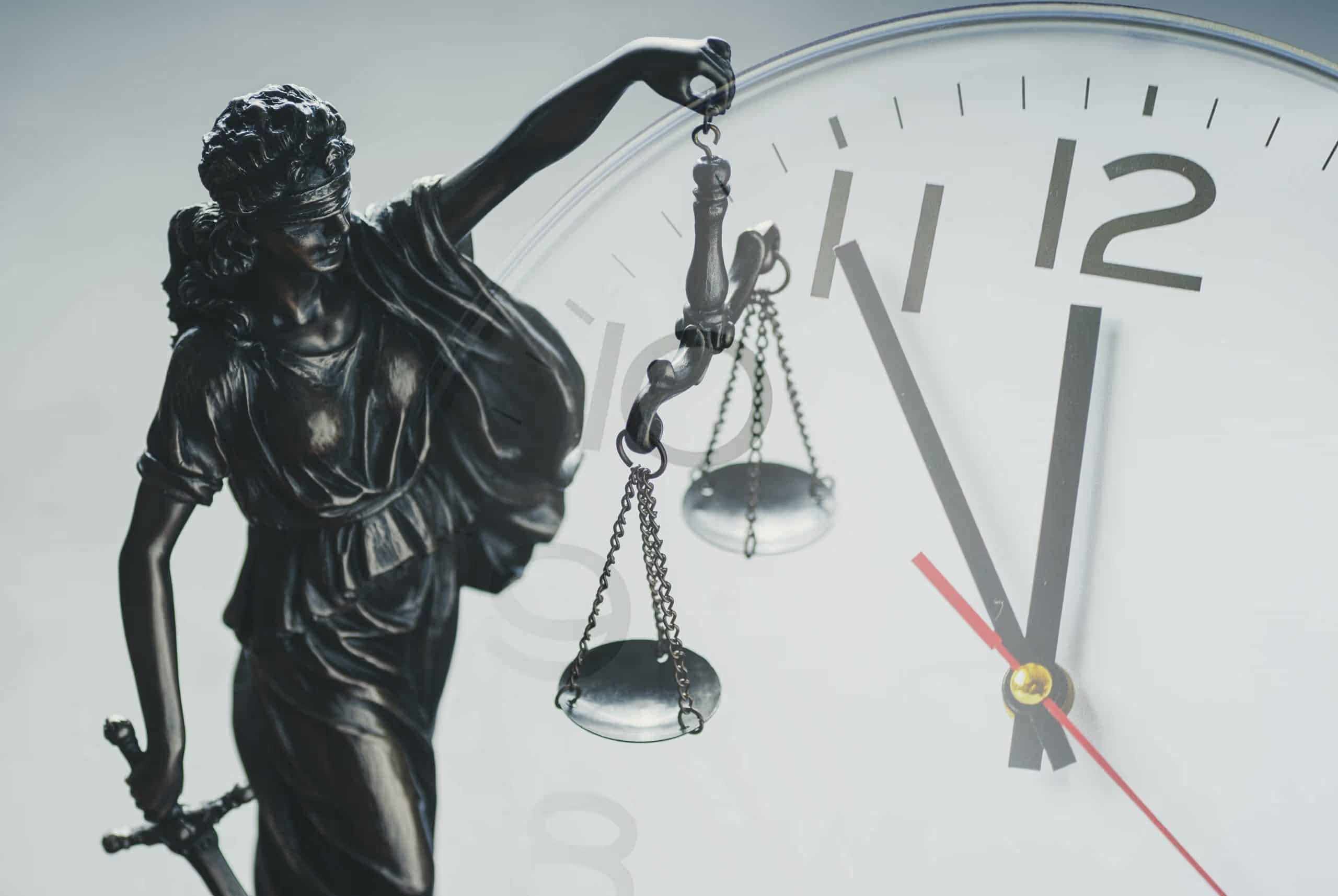

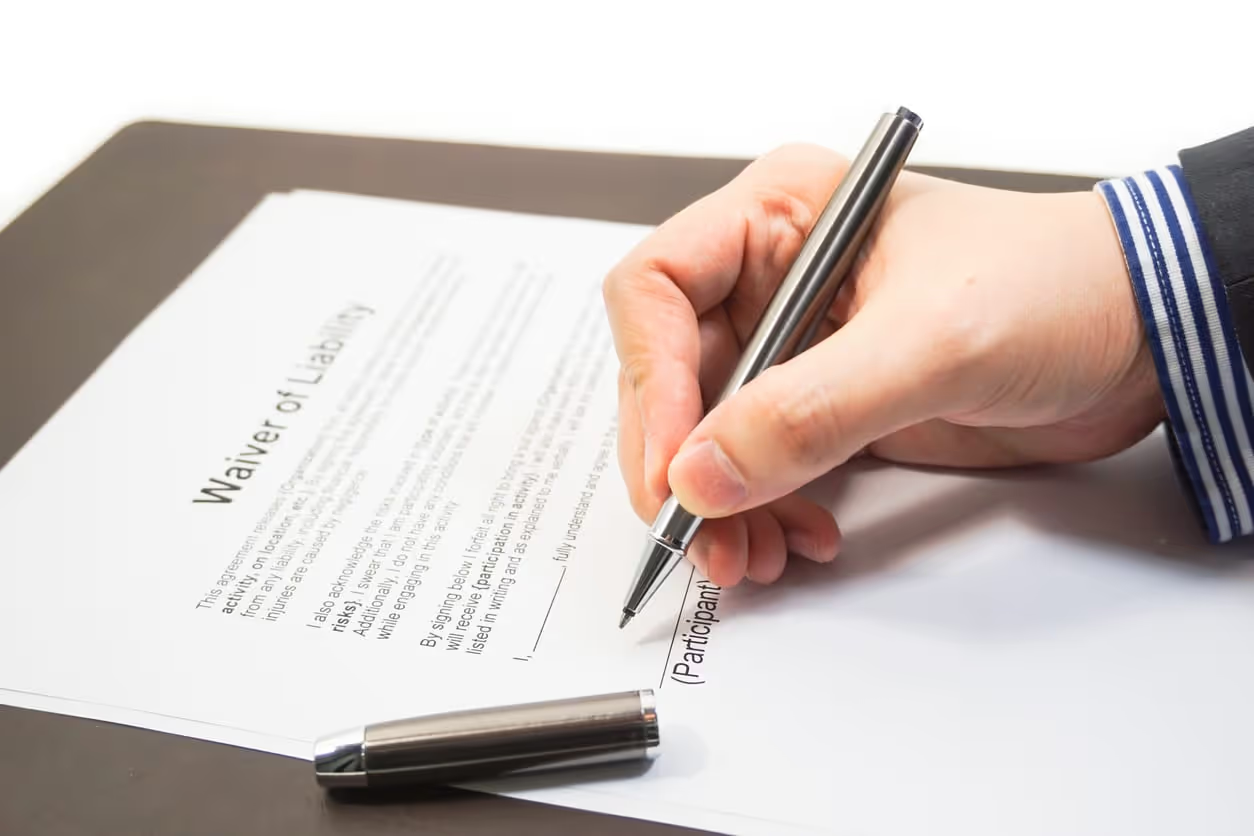
.avif)
